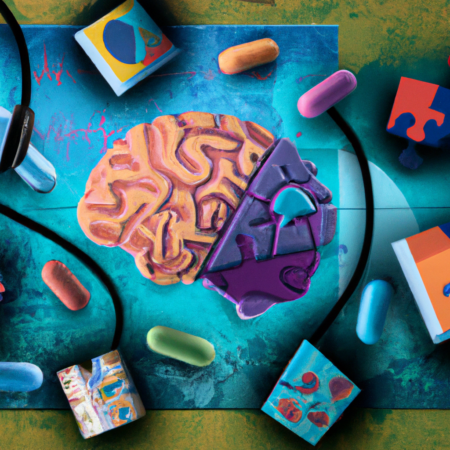Unwrapping Brain Candy: Exploring the Sweet Science of Popular Culture
In today’s fast-paced world, ‘Brain Candy’ has become a crucial part of our daily digital diet. It refers to content that is easy to consume, entertaining, and addictive, yet it’s often dismissed as superficial. However, a deeper dive into this phenomenon reveals its significant impact on culture, technology, and even cognitive science.
This post explores what constitutes Brain Candy, its implications, and why it’s more than just a guilty pleasure.
What is Brain Candy?
Brain Candy refers to any content that provides immediate gratification or enjoyment without requiring much cognitive effort. This includes viral videos, memes, catchy pop songs, and even some forms of news and literature. Despite its light nature, this content shapes our perceptions and can influence trends and behaviors on a global scale.
Psychological Appeal of Brain Candy
The allure of Brain Candy lies in its ability to provide a quick mental reward. Neuroscientific studies suggest that engaging with this type of content triggers dopamine releases, similar to eating actual candy. Such rewards can lead to habitual consumption, which digital platforms skillfully amplify through algorithms that feed users content that maximizes engagement and time spent online.
Cultural Impact
The cultural impact of Brain Candy is profound. It not only influences entertainment and media but also affects language, humor, and social norms. Memes, for instance, have evolved from simple images with text to complex commentaries on society that are understood globally.
The Future of Brain Candy
As we look towards 2025, the evolution of Brain Candy is tied closely with advancements in AI and machine learning. These technologies are beginning to curate and create content that is increasingly personalized, making it even more addictive and influential.
Conclusion
While often viewed as mere fluff, Brain Candy holds substantial sway over public consciousness and will continue to shape our digital and real-world landscapes. By understanding its mechanics and impacts, we can better navigate its challenges and appreciate its value.






